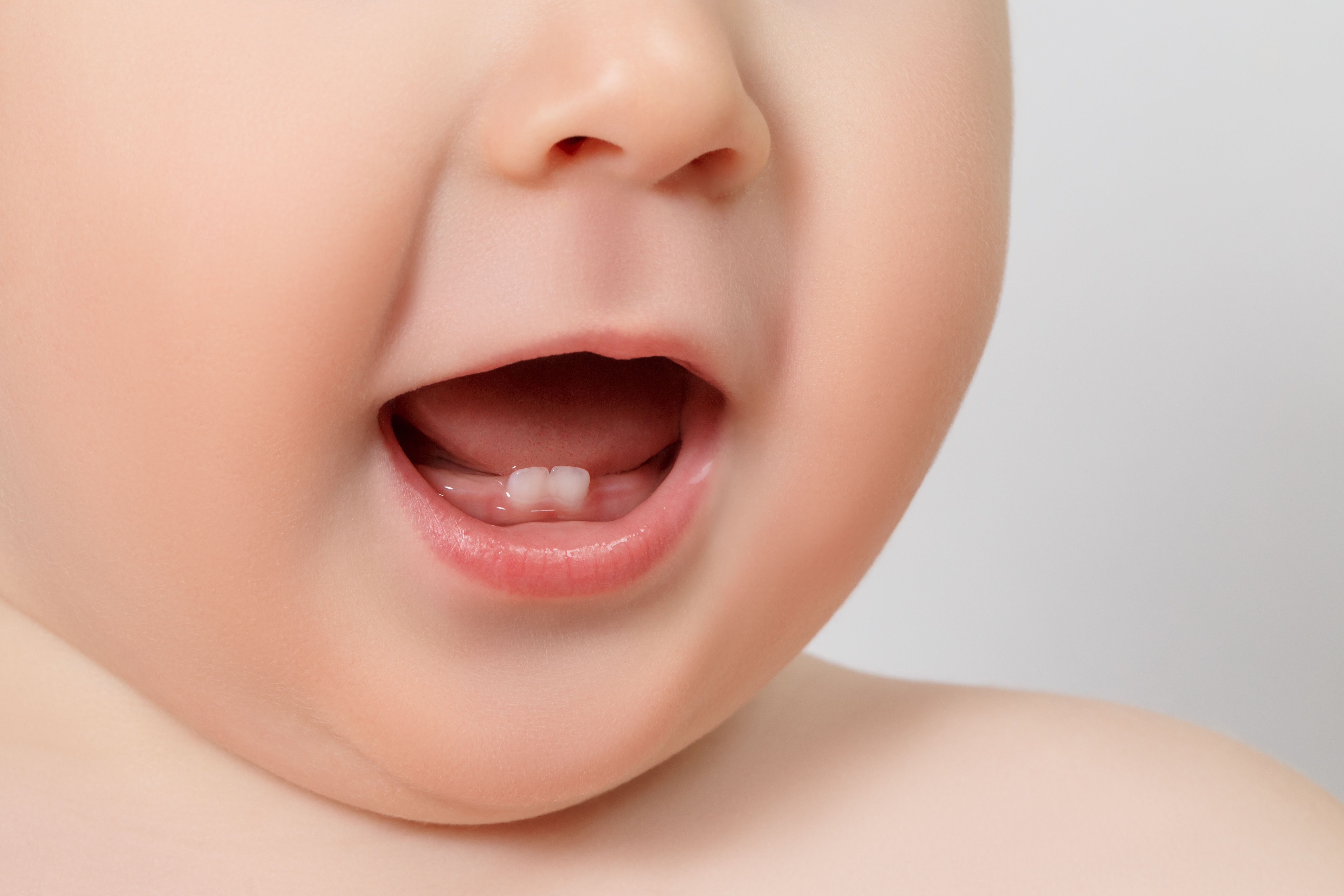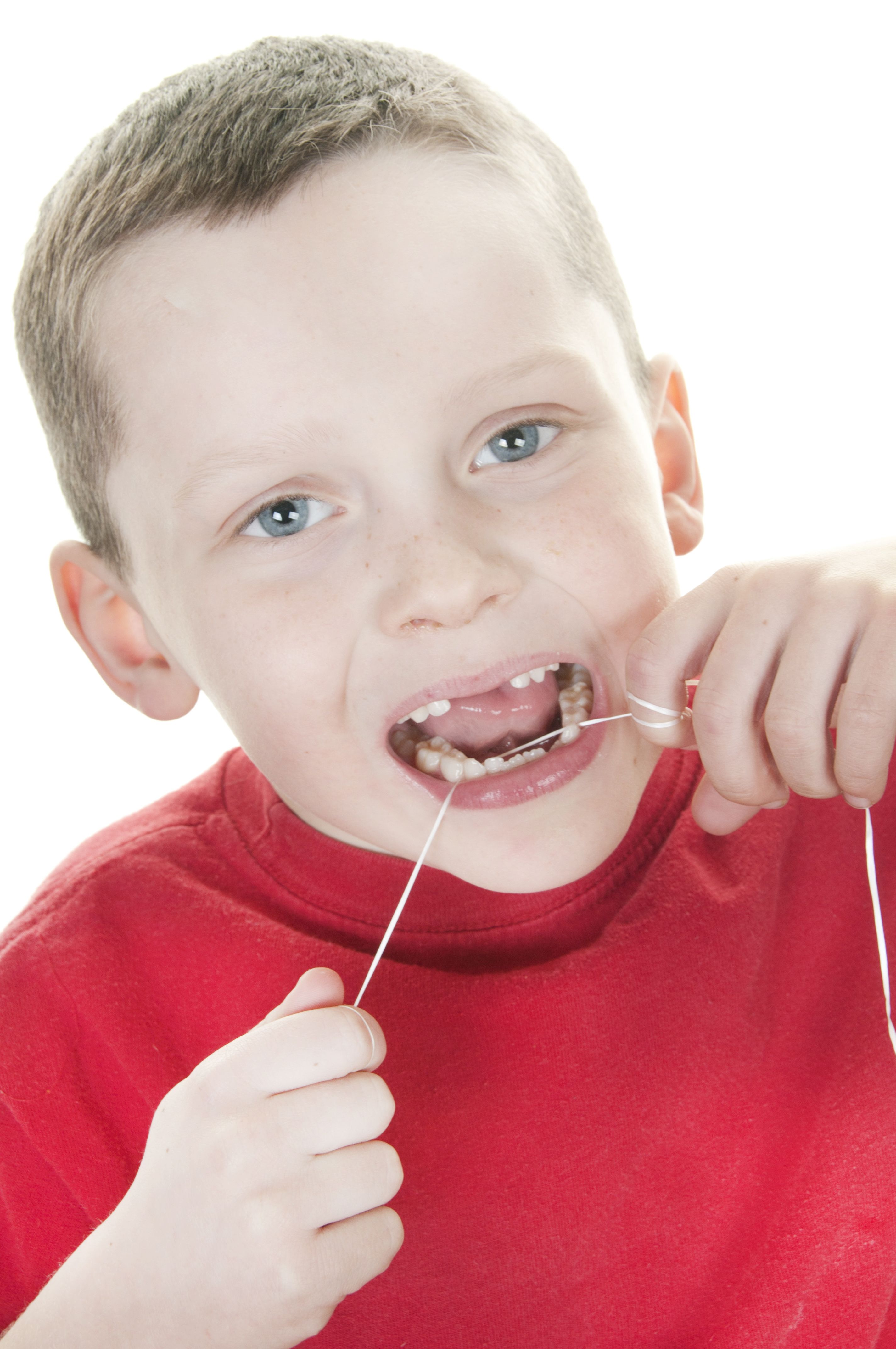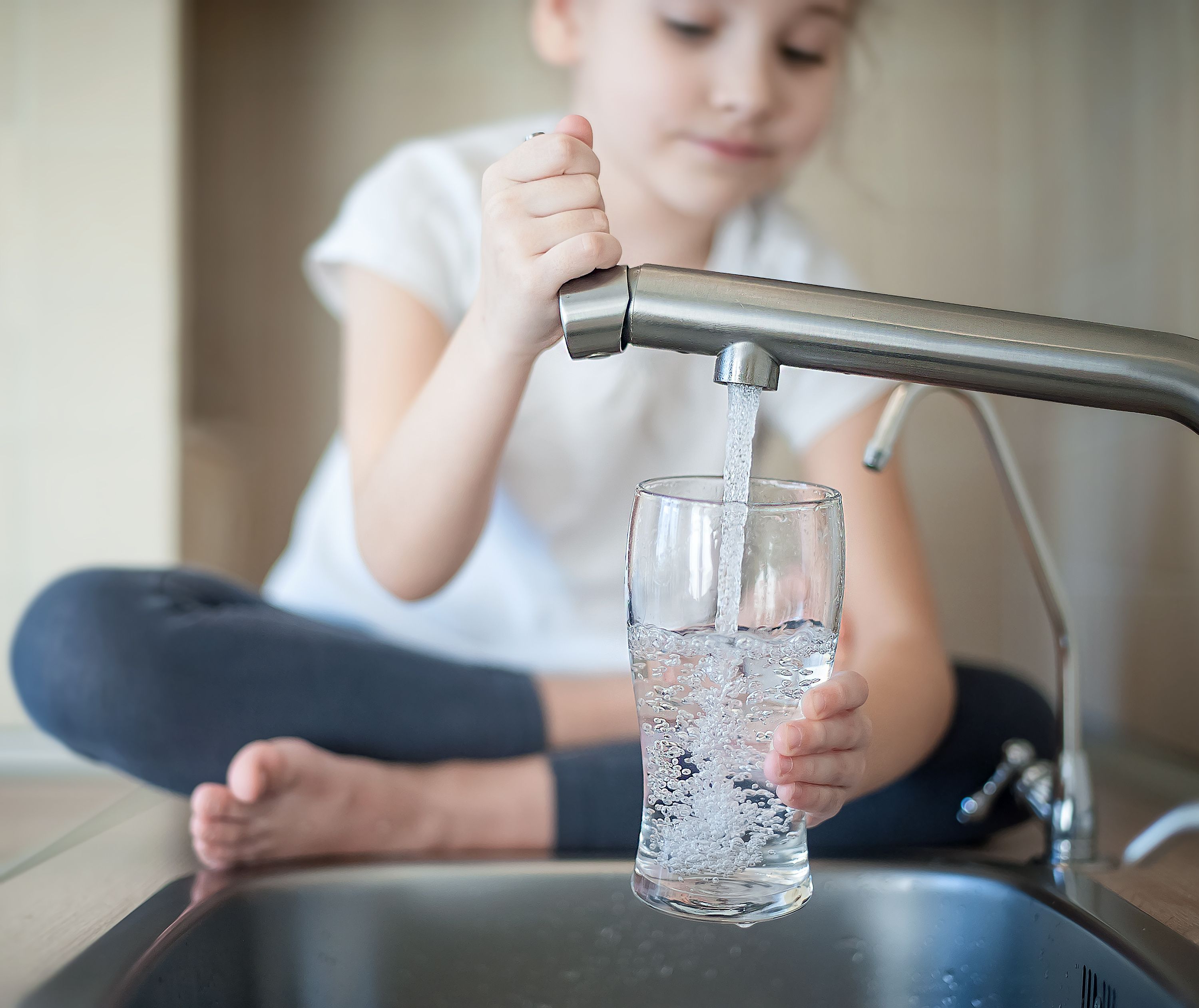- About Us
- Advertise
- Editorial
- Contact Us
- Terms and Conditions
- Privacy Policy
- Do Not Sell My Personal Information
© 2025 MJH Life Sciences™ and Dental Products Report. All rights reserved.
6 Things to Be Aware of to Protect Kids’ Teeth
Since June is Oral Health Month, we think this is a great time to share some tips to help young children start their healthy mouth journeys out on the right paths. Here are 6 helpful things to know about your youngster’s teeth.

SEREGRAFF / STOCK.ADOBE.COM
1. Baby Teeth
Babies are born with 20 primary teeth below the gums, and they usually start coming through between 6 months and a year. Most children have their full set of teeth by 3 years old and these teeth vary in size, shape and their location in the jaws. These “chompers” work together to help kids chew, speak and smile, and the differing teeth also help give your face its shape and form. Your teeth fall out at various times throughout childhood, but you can expect that by age 21 that all 32 of the permanent teeth have erupted.

PROSTOCK-STUDIO / STOCK.ADOBE.COM
2. Teething Symptoms
As babies’ teeth come in, it’s normal for some to become fussy, sleepless and irritable, and this can also cause parents to be uncomfortable as well. Babies with teething pain may lose their appetite or drool more than usual, but it’s not normal for symptoms to include diarrhea, rashes and a fever. If a baby has a fever or diarrhea while teething, you should call your physician as these are not caused by the teething. Here’s a tip or two to help keep your baby comfortable—gently rubbing their gums with a clean finger, a small cool spoon, or a moist gauze pad can be soothing. A clean teether may also help, and choose ones made of solid rubber while avoiding liquid-filled teething rings or plastic objects that could break.

ADRAGAN / STOCK.ADOBE.COM
3. Just a dab will do you
The ADA suggests parents begin cleaning their baby’s mouth during the first few days after birth by wiping the gums with a clean, moist gauze pad or washcloth. Once teeth begin to erupt decay can occur. When it’s time to begin brushing and until you’re comfortable that your child can brush on his or her own, you should brush your child's teeth twice a day with a child-size toothbrush and just a pea-sized amount of fluoride toothpaste. If the child is 3 or younger, use just a smear of toothpaste (about the size of a grain of rice) before moving up to the pea-sized amount of fluoride toothpaste once the kids reach the age of 3. While it’s important to start the brushing routines at a young age, it’s also important to note that not much toothpaste is needed for very young children.

CHERYL CASEY / STOCK.ADOBE.COM
4. String cleaning
By now everyone knows the benefits of cleaning between your teeth, but even many adults need help choosing and using effective interdental cleaners such as floss. Cleaning between your teeth may help prevent cavities and gum disease while helping remove plaque. Dentists state it doesn't matter if you clean between your child's teeth before or after they brush, just that you make sure to clean between any teeth that touch. Parents can use child-friendly plastic flossing tools to more easily clean between the child’s teeth, but when the child is older and can do it themselves, make sure to continue reinforcing the importance.

WAVEBREAKMEDIAMICRO / STOCK.ADOBE.COM
5. Baby Bottle Tooth Decay
Tooth decay in infants and toddlers is often referred to as Baby Bottle Tooth Decay. Children’s first teeth help make sure their adult teeth come in correctly, so frequent, prolonged exposure of the baby’s teeth to drinks that contain sugar can cause tooth decay. Because of this, it’s recommended a baby is not put to bed with a bottle, and that a bottle not be overused as a pacifier for fussy babies. Even though baby teeth are temporary, they are still important and susceptible to cavities.

IGOR / STOCK.ADOBE.COM
6. Quench Your Thirst With Water
Sweetened juice drinks, soda and sports drinks are known to cause cavities, so when your child has worked up a thirst, hand them a glass of water. Even better, have them drink water with fluoride which has been shown to reduce cavities by 25%. Sugary drinks also contribute to weight gain, while water is calorie-free. For more details on how fluoride in water works, check out this document from the CDC. https://www.cdc.gov/fluoridation/pdf/fluoride-infographic-how-it-works.pdf
Related Content:



